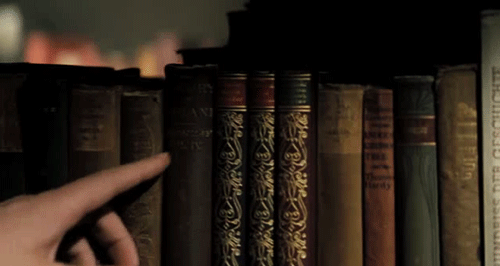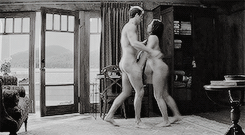Katherine Frances's Blog, page 163
September 11, 2017
–(x)
"She laughs, holding her cigarette high in the air with one arm, smoke sifting off ignored. And we..."
- Charles Bukowski (via lovelustquotes)
September 10, 2017
Tell Me What You Want: Uncovering Your Character’s Driving Motivation
As we dive into NaNo Prep months, many of your Wrimos may be thinking about what what will drive your plot to 50,000 words. Author Dinty W. Moore has an answer: find what your character wants, then dig even deeper. Discovering your character’s deepest desires can propel the plot of your whole novel.
There is not much time to reflect when you are trying to write an entire novel in one month, but, unless I’m mistaken, you’re allowed to think about your novel before NaNoWriMo officially launches on November 1st.
So what should you be thinking about during NaNo Prep season?
You would do well to heed the guidance of novelist Kurt Vonnegut, who once advised, “Every character should want something, even if it is only a glass of water.”
As simple as that seems, the urgent desire of your main character, and how that desire either corresponds or conflicts with what other characters want, is what drives every successful plot, from Jane Austen’s Pride and Prejudice to Stephen King’s Misery.
So, what does your main character want?
m-l-rio:
pusillanimous (adj.)
lacking courage or resolution; cowardly; faint-hearted;...
pusillanimous (adj.)
lacking courage or resolution; cowardly; faint-hearted; timid
proceeding from or indicating a cowardly spirit
k-frances:
What is an Archetype?An archetype is a pre-existing blue print for a character or...
What is an Archetype?
An archetype is a pre-existing blue print for a character or plot.
If you’re building a house, and you know you want it to look kind of like
another house that already exists, why not borrow the blue print? Or, more likely, if you’re building a house and have no idea what you want it to look like at all, why not use the basic ‘house’ structure outline to start with?Ex: The
Outcast: a character who has been banished for some crime (real or not) and is
usually a wandererHow
to use it: I already have a fictional culture that is very strict, so
character X who I have no ideas for could be ‘The Outcast’ for breaking one of
these cultural rules.[see how I used the Outcast archetype to inspire a character that fit in my story?]
Do: Use archetypes as outlines for your characters or a plot.
Do Not: Add nothing of your own to an archetype. Archetypes
are blueprints which means they will leave you with a very skeletal character that is lacking in any flavor, or a plot that has no point (characters motivate a story) and has been over done.Do: Use archetypes to change up your usual characters/plots. I know writers (myself included) sometimes struggle with making characters distinctly different from one another or from characters of past work. Archetypes can be a good way to force yourself to try on a new pair of shoes, so to speak. Equally, if you normally write romance, a symbolic archetype might give you the idea for a totally different plot.
Don’t: Use archetypes blindly or use too many. If all your characters are strongly based in archetypes, you might end up with a very predictable and oatmeal story. Even worse, many archetypes are sexist stereotypes, and some have been adopted in offensive ways to communities such as LGBTQ and racial groups. Use your modern-day awareness before cutting and pasting an archaic archetype to your story. They are not an excuse to be sexist, racist, or bias to LGBTQ or anyone else. I bolded that because it’s important.
Do: Use archetypes to inspire new ideas when it works for you.
Don’t: Think your characters have to fit snugly into an archetype. Many writers never use archetypes at all. They are just one tool in your writer tool box. Or… writer library. :)
Later this week I will make a post describing specific character archetypes.




















